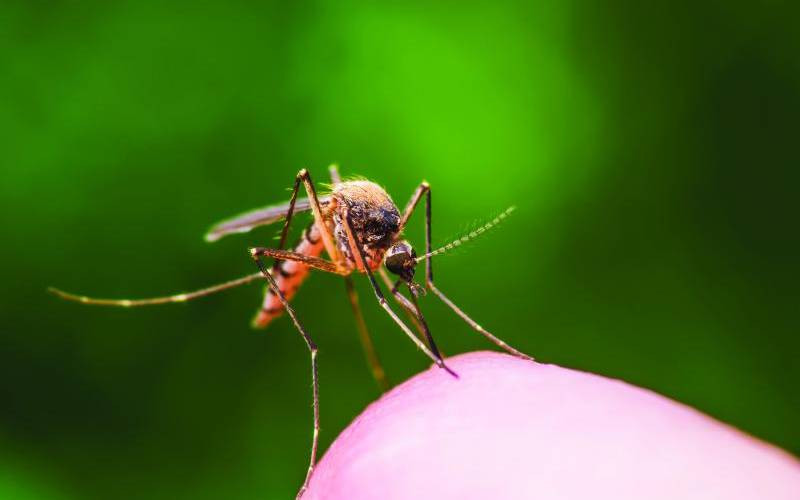×
The Standard e-Paper
Read Offline Anywhere

As Kenyans joined the world in marking this year's World Mosquito Day last month, we were reminded of the buzzing sound or flickering pain of getting bitten by insects, outdoors.
Mosquitoes exhibit distinctive characteristics. The type that causes malaria is known as Anopheles and transmits the disease by feeding on human blood and kills nearly 500,000 children in Africa.